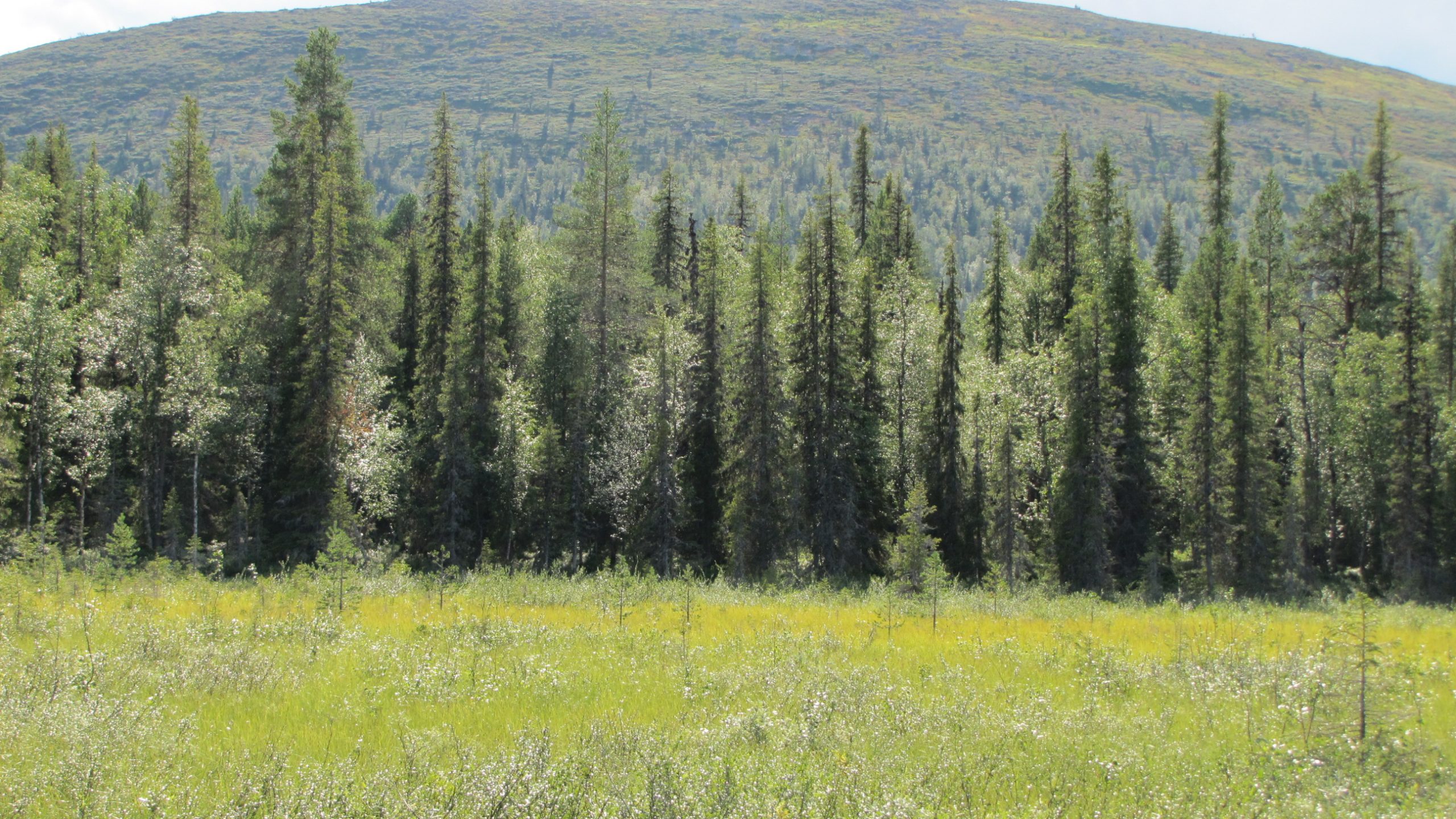Specific features of peatland forests
From the forestry point of view, peatlands have two main features that make timber production more challenging than in non-peated mineral soil sites. The most evident is the high water content in the soil. The other is soil nutrient status, which is generally sufficient with nitrogen but deficient with phosphorus, potassium and some micronutrients.
Both features directly influence tree growth and survivability, and are thus necessary to address in forest management. Additionally, the peat soil substrate is physically different compared to the mineral soils: the site thermal conditions deviate from those in the upland sites, the loose structure of peat complicate timber harvesting operations, etc.

Peatland forestry research
The specific features of peat soils also guide the research. Most of the research is dealing with ecological studies with a clear connection to practical forest management applications. Initially, many studies have been conducted on drainage intensity and techniques, hydrology, and tree nutrition. Studies on tree growth rate and forest regeneration and afforestation techniques have provided information for practical forest management. Later, environmental issues have become more important, specifically impacts of forestry operations on surface water quality. The effects of forestry on climate change have achieved more attention in the last years (e.g. Strack 2008). Peatland forestry research aims to provide information to support economically profitable and ecologically sustainable timber production on peatlands.
